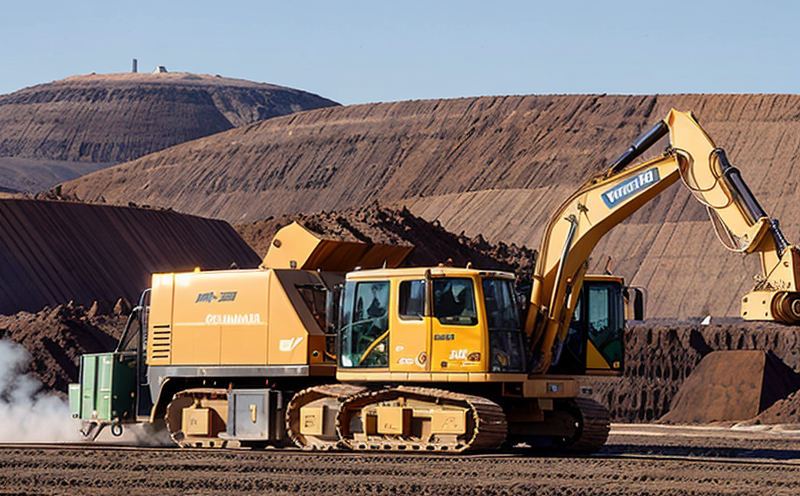DIN 19730 Soil Contamination Standard Compliance Testing in Mining Areas
The DIN 19730 standard is a critical guideline for soil contamination testing, particularly relevant to mining sectors where the environmental footprint can be significant. This standard ensures that mining activities do not lead to unacceptable risks of human health and environmental degradation.
Testing under DIN 19730 involves comprehensive assessment of various contaminants, including heavy metals like arsenic (As), cadmium (Cd), chromium (Cr), copper (Cu), mercury (Hg), nickel (Ni), lead (Pb), and zinc (Zn). The standard specifies limits for these pollutants to ensure that mining sites meet acceptable risk levels as determined by local and international regulations.
The process begins with thorough site characterization, which includes mapping the extent of contamination and identifying potential sources. Soil samples are then collected from various depths and locations across the site. Proper sampling is crucial; it involves following strict protocols to avoid cross-contamination and ensure accurate results.
Once collected, the soil samples undergo rigorous analysis using advanced analytical techniques such as inductively coupled plasma mass spectrometry (ICP-MS) for heavy metal quantification and atomic absorption spectroscopy (AAS) for detecting trace elements. The choice of instrumentation is critical to achieving precision and accuracy.
The results are compared against the permissible limits set out by DIN 19730. If contamination levels exceed these limits, remediation plans must be implemented immediately. This process not only ensures compliance with regulatory requirements but also protects public health and the environment.
It is essential to note that testing under DIN 19730 goes beyond mere analysis; it involves a holistic approach to environmental management in mining operations. By adhering to this standard, mining companies can demonstrate their commitment to sustainable practices and responsible stewardship of natural resources.
Use Cases and Application Examples
- Post-Extraction Monitoring: After mining activities have ceased, regular testing ensures that the site remains safe for future use or reclamation efforts.
- New Site Development: Pre-extraction soil contamination testing helps in planning mitigation strategies to prevent environmental impact.
- Risk Assessment: Testing can identify potential risks early, allowing proactive measures to be taken before they escalate into larger issues.
| Contaminant | Permissible Limit (mg/kg) |
|---|---|
| Cadmium (Cd) | 0.5 |
| Chromium (Cr) | 100 |
| Copper (Cu) | 300 |
| Manganese (Mn) | 4,000 |
| Nickel (Ni) | 150 |
| Pb (Lead) | 30 |
| Zinc (Zn) | 2,000 |
The table above provides a glimpse into the permissible limits for various contaminants under DIN 19730. These limits are crucial benchmarks against which soil samples are compared.





